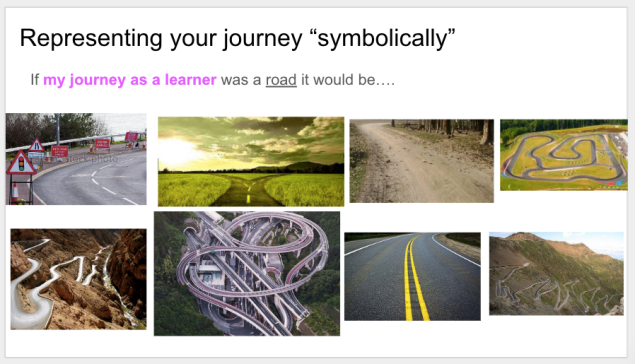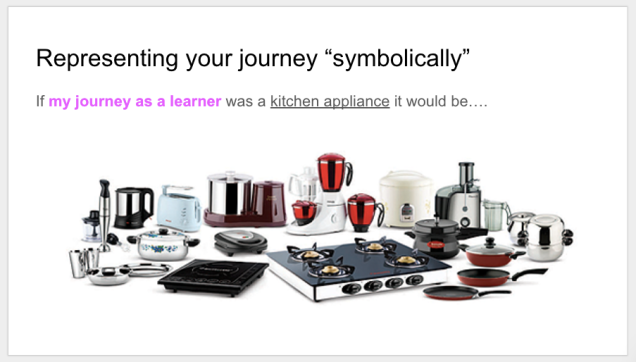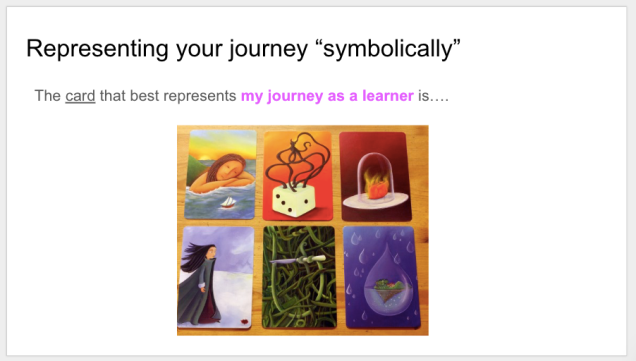Google “PYP Exhibition” and you’re likely to find many images of students standing beside a poster board that tells what they’ve learned about over 6 week period.
Our school’s approach to PYPx is a little different…
Firstly, we believe that PYPx is more than having students share what they’ve learned about, and should be an opportunity for students to share what they’ve learned about themselves as learners during their time in the Primary Years Program.
Secondly, we believe that it’s a much more deep, meaningful and powerful process to have students show what they’ve learned about themselves as learners rather than tell it.
Thirdly, we believe that the PYPx is not a presentation, but rather an invitation to a conversation where the learner is able to engage with their visitors, share their stories, respond to questions and also ask questions.
This approach became even more essential last year when we decided to empower Grade 5 students to plan all of their own personalized Units of Inquiry. Which meant they didn’t have one 6 week block of a personal inquiry to share, but rather a year’s worth of experiences, successes, failures, discoveries and life lessons.
Here’s a glimpse into how it went:
Introducing the PYP Exhibition


Sampling symbolic representations
To help students make an informed choice about how best to symbolically represent their journey as a learner, we led them through an inquiry where they got to “sample” many small tasting of different symbolic representations: colours, sounds, images, symbols, movements, shapes etc.















After students had sampled all the different types of symbolic representation, we helped them reflect on which modes of communication allowed them to express themselves most effectively in order to make an informed choice about their PYPx symbolic piece.
Co-constructing success criteria
Before beginning to plan their symbolic piece, we took the time to co-construct what success would look like.
We used the VTR Growing Definition to allow each students to start with their own criteria, then moving to synthesize with a partner, then a group, then the entire class.




This list of criteria became a constant point of reference for reflections and feedback during their planning and creation process.
Planning their vision
To support their planning of creating a vision we used a few optional tools to help students identify the modes that help them best express their journey and the skills and talents they already have that they can use to create something.





Creating
Once students were committed to a vision, they jumped in with both feet! Thanks to many years of experiencing voice, choice and ownership in their art classes with @annadeibisu and @NaomiFeil the students were empowered, dedicated and resourceful creators.
Some chose to represent their learning journey through music…

Others through film…

Or paint…

shapes and structures…

words and fonts…



video clips…

Images…

Fabrics and textures…

Objects…


Maps…

Movement…

Even a Rube Goldberg!

Support from each other
Even though each student had their own symbolic piece, it was beautiful to watch the way they took interest in each other’s creations and offered guidance, support and feedback.







Support from adults
Throughout the creation process, it was all-hands-on-deck and we were lucky to have so much support from adults within the community – specifically connecting with students and sharing their personal interests and areas of expertise.




We were also fortunate to have art and music teachers who were comfortable collapsing their timetable for the Grade level in order to create a open “studio-style” schedule where art and music spaces, people and materials were open throughout the day for students.

Ongoing Feedback and Reflection
Throughout the creation process we continually worked with students to provoke their thinking about the symbolic piece in hopes of deepening the layers of symbolic representation.





This process also included helping students think through the lens of the Learner Profile, PYP Attitudes and ATL Skills and how might those layers be represented in their symbolic piece.




Artist Statements
Since we knew there would be times throughout the Exhibition when students wouldn’t be standing next to their piece, we wanted to make sure students were still able to share their story with any visitor at any time. So we supported them to create “Artist Statements” to allow for members of the community to understand what they had made, why they had made it and how it represents their PYP learning journey.

Staging and installation
Once the pieces and artist statements were complete (or almost complete!) it was time to stage the exhibition!
We started with our multipurpose room, added some cloth, lanterns, lamps, wires, walls, boxes and stands to set the mood…

Then students began to move their installations into the space and made their final adjustments to their pieces.






Finally the PYPx staging was complete!




There were 80 unique symbolic pieces to represent 80 unique PYP learning journeys!









An invitation for a conversation
As mentioned above, we strongly urge our students away from thinking about PYPx as a presentation where they memorize a spiel and repeat it over and over again. Instead, we support our students to think of it as an invitation to a conversation where they are able to engage and interact more authentically with their visitors.
To help prepare them for this we offered optional workshops on conversational skills.


Sharing with the community
Then it was time to invite parents, teachers, students and community members to celebrate our learners’ journeys!














Feedback
The response from the community was overwhelmingly positive. Everyone was proud to see how confident, creative, reflective, self-aware and articulate all the students were.



Moving Forward…
This was my first PYPx experience, and although it was an amazing experience I am always looking to reflect and improve. So as I head into the final half of our school year – knowing another PYPx is just around the corner – I’d love to hear your thoughts:
What is your school doing to innovate and push the boundaries of the typical approach to PYPx?
What feedback do you have for us to make our process more student-centred, learning-driven and agency-supportive?
What blog posts out there have poked and provoked your own thinking about PYPx?